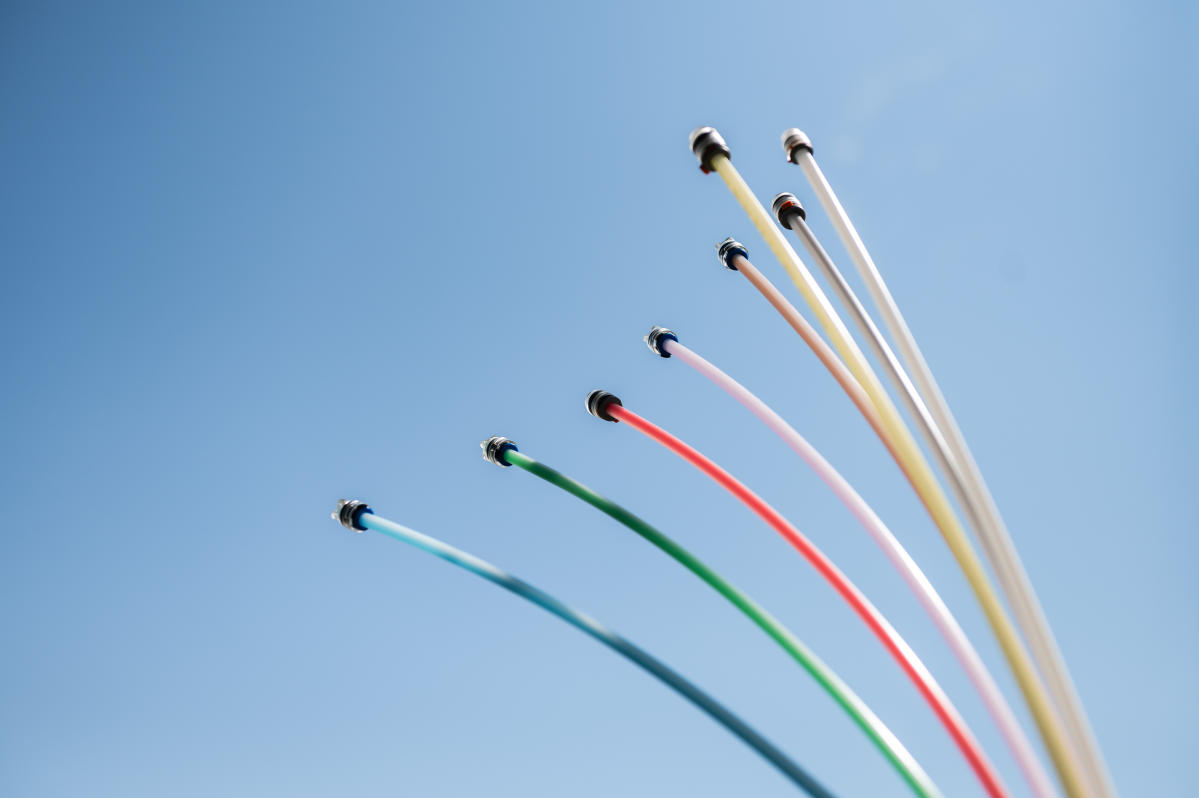A new government program aims to motivate Internet service providers (ISPs) to offer more affordable rates for low-income customers by allocating federal funds through states. The issue at hand is that ISPs are reluctant to adopt the proposed rates.
obtained a letter addressed to US Commerce Secretary Gina Raimondo. This letter, signed by over 30 broadband industry trade groups such as ACA Connects and the Fiber Broadband Association, along with several state-based organizations, expresses a “sense of alarm and urgency” regarding their participation in the Broadband Equity, Access, and Deployment (BEAD) program. Established recently, the BEAD program provides over $42 billion in federal funds for “expanding high-speed internet access by funding planning, infrastructure, deployment, and adoption programs” nationwide, according to the
(NTIA).
Funds are first allocated to the NTIA, which then distributes them to states upon NTIA approval of their low-cost broadband Internet plans. The ISPs’ letter argues that a fixed rate of $30 per month for high-speed Internet access is “completely unmoored from the economic realities of deploying and operating networks in the highest-cost, hardest-to-reach areas.”
The letter urges the NTIA to reconsider the proposed or already approved low-cost service option rates. Additionally,
have completed all phases of the BEAD program.
The average monthly cost for Internet access in America is $89. New Jersey tops the list with an average bill of $126 per month, according to a survey by
. A 2021 study by the
found that 57 percent of households with an annual income of $30,000 or less have a broadband connection.




